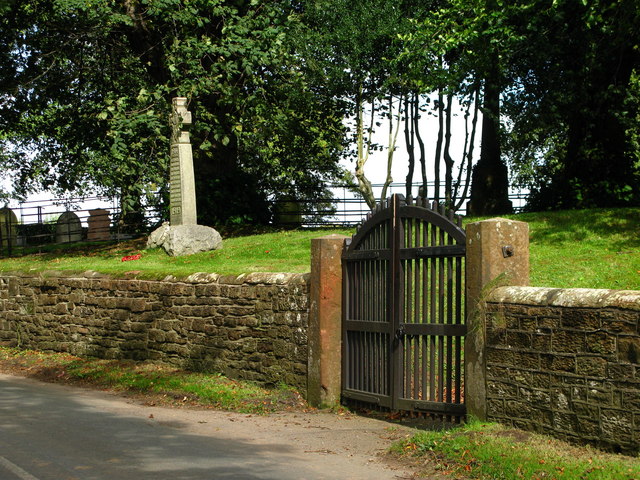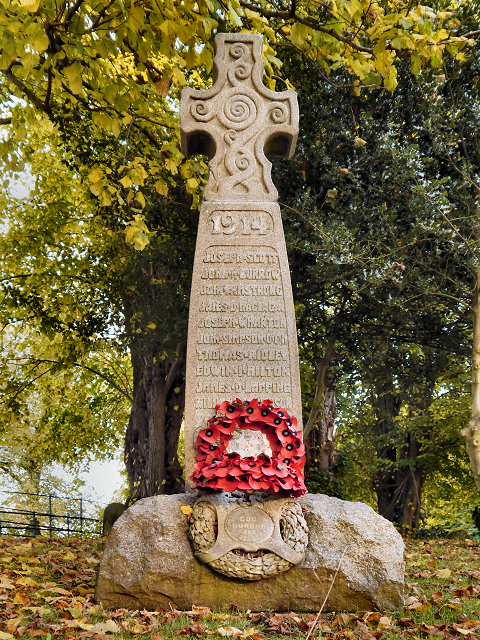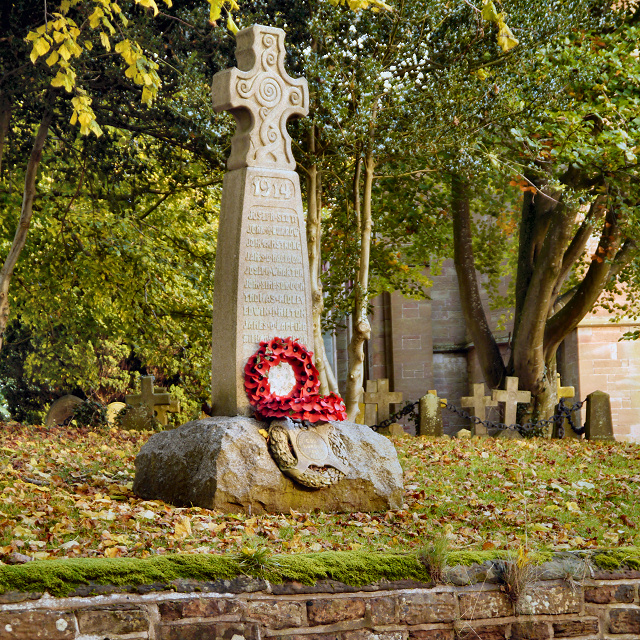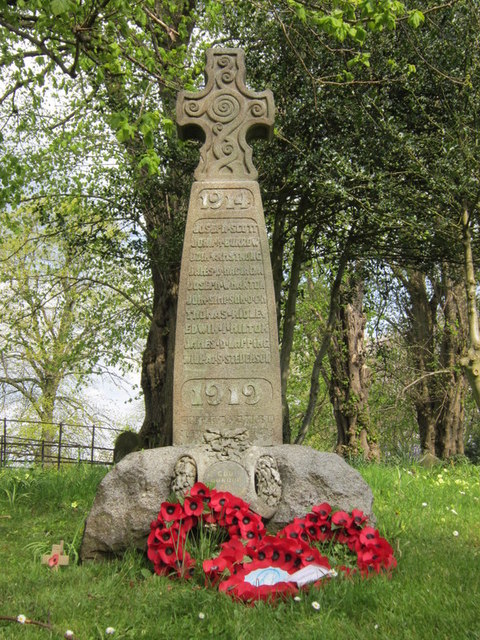Sheraton medieval settlement and open field system

-
Description
"....Sheraton lies on the Magnesian limestone plateau of East Durham, to the south of a small but steep knoll. The plan of the medieval settlement of Sheraton is of a type familiar to this part of Durham in which parallel lines of tofts or houses with crofts or garden areas to the rear face on to a village green. Beyond the tofts and crofts would lie the open fields where crops were grown. The tofts and crofts of Sheraton survive as grass-grown banks and ditches to the south of The Green.....The village of Sheraton was once known as Shurveton. Prior to the late 12th century, a grant of land within Shroveton to Sherburn Hospital was confirmed by Bishop Pudsey. By the Boldon Book, written in the late 12th century, the vill was divided into two moieties, one held by John and the other by Thomas. During the bishopric of Bishop Hatfield, 1345-81, the moieties of Sheraton were held by the Lord de Neville and John de Aske...." -
Owner
Historic England -
Source
Local (Co-Curate) -
License
What does this mean? Unknown license check permission to reuse
-
Further information
Link: https://historicengland.org.uk/listing/the-list/list-entry/1019911
Resource type: Text/Website
Added by: Simon Cotterill
Last modified: 5 years, 9 months ago
Viewed: 563 times
Picture Taken: Unknown -
Co-Curate tags






